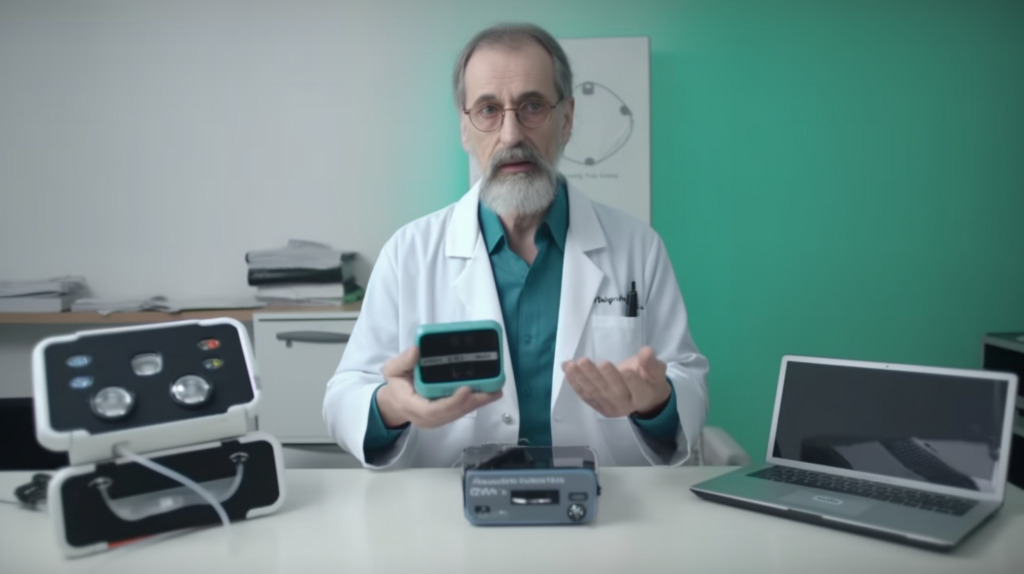Mastering the MDCG 2020-5: Clinical Evaluation - Equivalence A guide for manufacturers and notified bodies

Introduction:
The clinical evaluation of medical devices is a critical step in demonstrating safety, performance, and regulatory compliance. In the European Union, the Medical Device Coordination Group (MDCG) has published guidance to help manufacturers navigate the complex process of clinical evaluation. MDCG 2020-5, titled “Guidance on Clinical Evaluation – Equivalence,” serves as a valuable resource for creating robust Clinical Evaluation Reports (CERs) and Clinical Evaluation Plans (CEPs). This comprehensive guide will explore the key concepts and recommendations from MDCG 2020-5, offering insights and best practices for medical device manufacturers.
Section 1: Understanding the Importance of Clinical Evaluation
Clinical evaluation is a systematic process used to assess the safety and performance of a medical device by analyzing relevant clinical data. The primary output of the clinical evaluation process is the Clinical Evaluation Report (CER), which provides a detailed summary of the clinical evidence and the device’s risk-benefit profile. A well-prepared CER is essential for obtaining regulatory approval and demonstrating compliance with the Medical Device Regulation (MDR) 2017/745.
Section 2: Clinical Evaluation Plan (CEP) – Laying the Foundation
Before conducting a clinical evaluation, it is crucial to develop a comprehensive Clinical Evaluation Plan (CEP). The CEP serves as a roadmap for the evaluation process, outlining the methodologies, data sources, and objectives. A well-structured CEP ensures that the clinical evaluation is systematic, transparent, and reproducible.
Section 3: MDCG 2020-5 Guidance – Key Concepts and Recommendations
MDCG 2020-5 provides guidance on the concept of equivalence and its role in clinical evaluation. In the context of medical devices, equivalence refers to the similarity between two devices in terms of technical, biological, and clinical characteristics. According to the guidance, manufacturers can use clinical data from equivalent devices to support the safety and performance of their own device, provided that a thorough demonstration of equivalence is made. MDCG 2020-5 offers detailed recommendations on how to establish and document equivalence, including:
- Evaluating technical, biological, and clinical characteristics
- Providing a rationale for any differences between the devices
- Assessing the relevance and applicability of the clinical data
- Ensuring that the data is representative of the intended population and conditions of use
Section 4: Best Practices for Clinical Evaluation Report (CER) Writing
Writing a high-quality CER requires a systematic approach and attention to detail. To create a CER that meets regulatory requirements, consider the following best practices:
- Use a standardized template to ensure consistency and comprehensiveness
- Conduct a thorough literature review and data analysis
- Address any identified gaps in the clinical data
- Perform a risk-benefit analysis to demonstrate the device’s safety and performance
- Use clear, concise language that is accessible to a wide audience
- Cite and link to authoritative sources to support your claims.
Section 5: Clinical Evaluation Report Template – Streamlining the Process
Utilizing a Clinical Evaluation Report template can significantly facilitate the writing process and ensure that all required information is included. The template should be based on the MDR 2017/745 requirements and MDCG guidance and include sections for:
- Device description and intended use
- Clinical development plan and clinical investigation strategy
- Summary of clinical evidence, including literature review and clinical data
- Evaluation of the device’s safety and performance
- Risk-benefit analysis
- Post-market surveillance and vigilance
- Conclusions and recommendations
Section 6: Ensuring Regulatory Compliance and Success
To ensure that your clinical evaluation and C
ER meet regulatory requirements and contribute to the success of your medical device, keep the following key points in mind:
- Stay up-to-date on regulatory changes and guidance documents, such as the MDCG 2020-5 and the MDR 2017/745, to ensure that your clinical evaluation aligns with the latest requirements.
- Engage with regulatory authorities and notified bodies throughout the clinical evaluation process to address any questions or concerns that may arise.
- Conduct regular reviews and updates of your CER, particularly in response to new clinical data, changes in device design, or evolving regulatory requirements.
- Implement a robust post-market surveillance (PMS) system to continuously monitor the safety and performance of your medical device once it is on the market. The insights gained from PMS can inform future iterations of the clinical evaluation and device development process.
- Collaborate with a multidisciplinary team of experts, including clinicians, engineers, and regulatory specialists, to ensure that your clinical evaluation is comprehensive and accurately reflects the device’s safety and performance profile.
Conclusion:
Navigating the complex landscape of clinical evaluation for medical devices can be challenging, but the MDCG 2020-5 guidance serves as a valuable resource for manufacturers looking to create robust Clinical Evaluation Reports and Plans. By understanding the key concepts and recommendations outlined in the guidance, following best practices for CER writing, and ensuring regulatory compliance, medical device manufacturers can enhance the safety and performance of their devices while meeting the demands of an increasingly stringent regulatory environment.
With a strong focus on the clinical evaluation process, medical device manufacturers can not only meet regulatory requirements but also contribute to the overall improvement of patient outcomes and healthcare quality.
